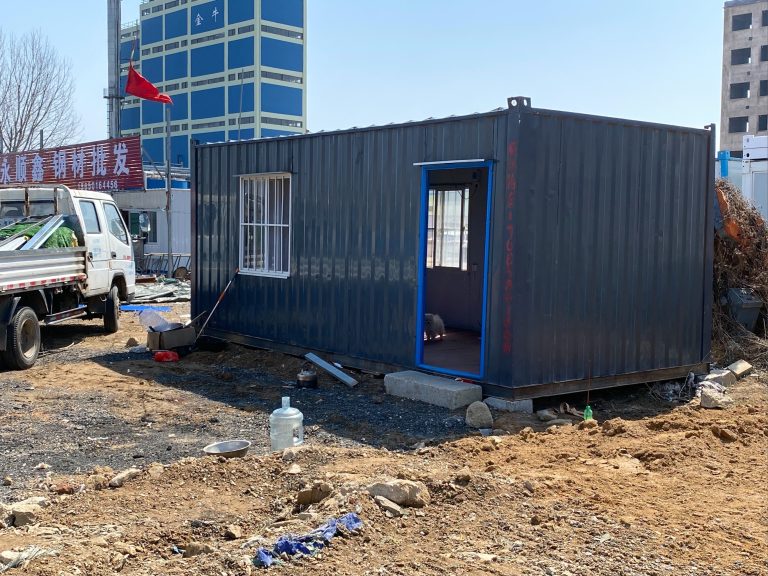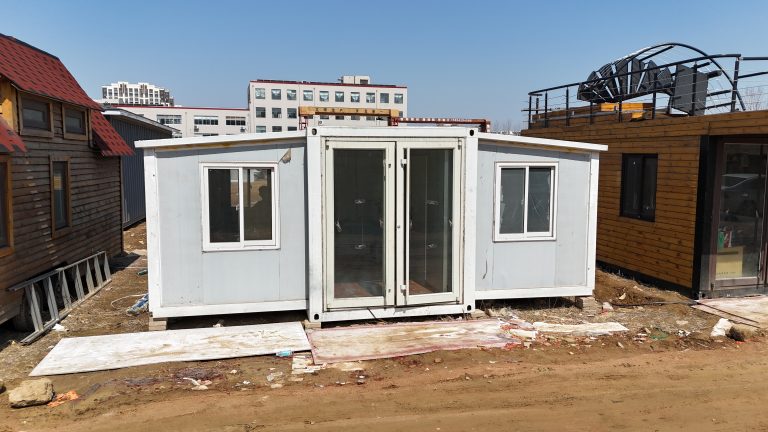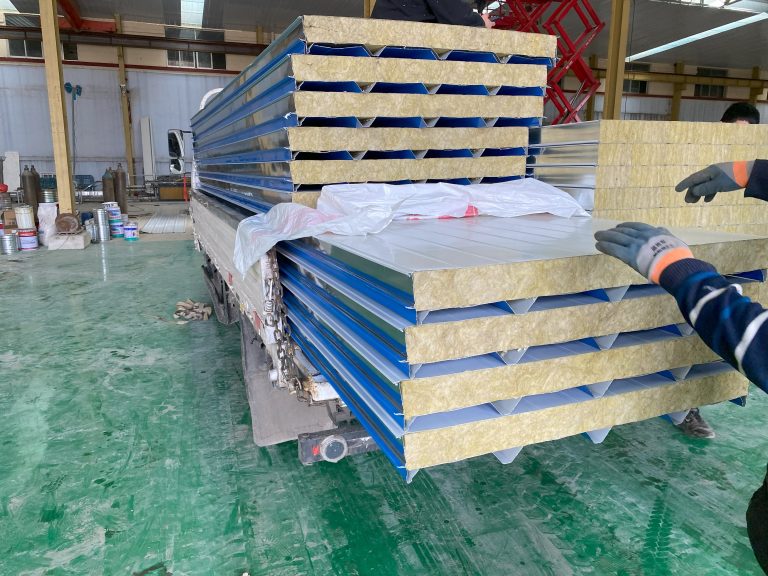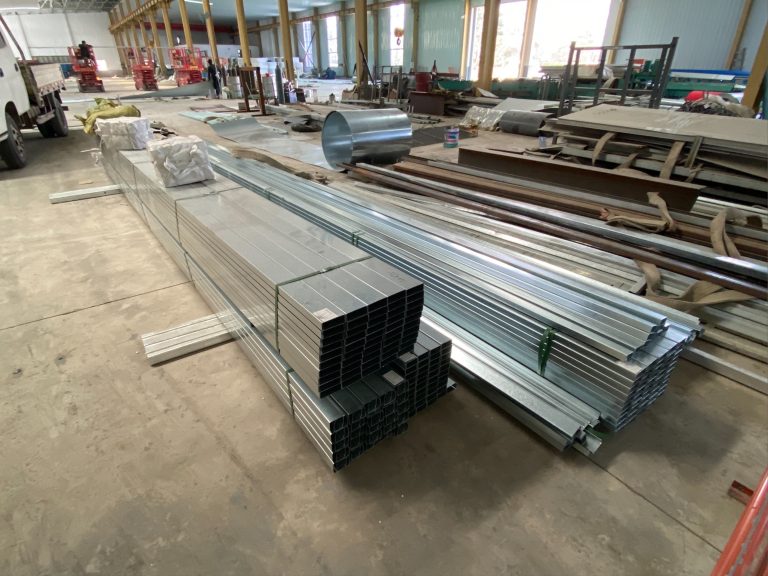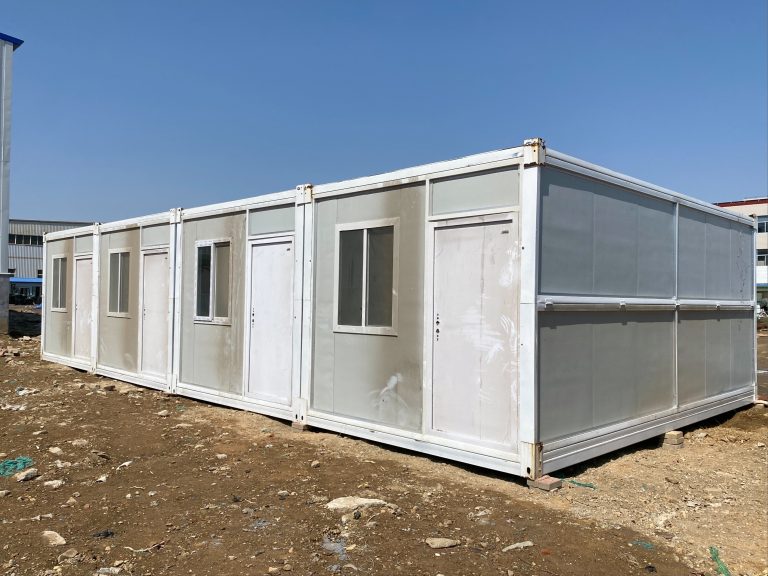Energy-Efficient Features in Steel Structure Hangars
Benefits of Incorporating Energy-Efficient Features in Steel Structure Hangars
Steel structure hangars are a popular choice for aircraft storage and maintenance facilities due to their durability, versatility, and cost-effectiveness. In recent years, there has been a growing emphasis on incorporating energy-efficient features into these structures to reduce energy consumption, lower operating costs, and minimize environmental impact. By integrating energy-efficient design elements and technologies, steel structure hangars can achieve significant energy savings and improve overall sustainability.

One of the key benefits of incorporating energy-efficient features in steel structure hangars is the reduction of energy consumption. By utilizing high-performance insulation materials, energy-efficient windows, and doors, and efficient heating, ventilation, and air conditioning (HVAC) systems, hangar owners can significantly decrease the amount of energy needed to maintain comfortable indoor temperatures. This not only lowers utility bills but also reduces the carbon footprint of the facility, contributing to a more sustainable operation.
Another advantage of energy-efficient features in steel structure hangars is improved thermal comfort for occupants. By minimizing heat loss in the winter and heat gain in the summer, energy-efficient insulation and HVAC systems create a more consistent and comfortable indoor environment. This can lead to increased productivity among workers, as well as a more pleasant experience for visitors and customers. Additionally, improved thermal comfort can help extend the lifespan of aircraft and equipment stored in the hangar by reducing exposure to extreme temperature fluctuations.
Incorporating energy-efficient lighting systems is another important aspect of sustainable hangar design. LED lighting fixtures are highly energy-efficient and have a longer lifespan than traditional incandescent or fluorescent bulbs. By installing LED lighting throughout the hangar, owners can reduce energy consumption, lower maintenance costs, and create a brighter and more visually appealing workspace. Additionally, the use of motion sensors and timers can further optimize energy usage by automatically turning off lights in unoccupied areas.
One of the most effective ways to enhance energy efficiency in steel structure hangars is through the use of renewable energy sources. Solar panels can be installed on the roof of the hangar to generate clean, renewable electricity that can offset the facility’s energy consumption. By harnessing the power of the sun, hangar owners can reduce their reliance on grid electricity, lower operating costs, and reduce their environmental impact. In some cases, excess energy generated by solar panels can be sold back to the grid, providing an additional source of revenue for the facility.
In conclusion, incorporating energy-efficient features in steel structure hangars offers a wide range of benefits for owners, occupants, and the environment. By reducing energy consumption, improving thermal comfort, and utilizing renewable energy sources, hangar owners can lower operating costs, increase sustainability, and create a more comfortable and efficient workspace. As the demand for energy-efficient buildings continues to grow, steel structure hangars with sustainable design features are becoming increasingly popular among aviation industry professionals. By investing in energy-efficient technologies and practices, hangar owners can achieve long-term cost savings, environmental stewardship, and a more sustainable operation.

